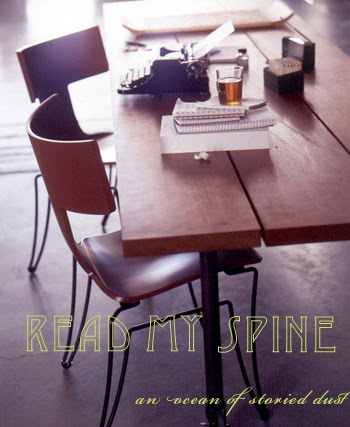
Photo, Damon Winter/ The New York Times

Géricault, Théodore. The Raft of the Medusa, 1819. Oil on canvas; 193 1/4 x 282 inches. Musée du Louvre, Paris.
The images streaming in on the New York Times website from the disaster in Haiti are essentially, images of ghosts. Photographs depict pileups of the dead on dusty streets. Shockingly, the corpse of an infant lay on the top of one of these piles in the photograph I have singled out from the series above.
Harrowing, haunting, perturbing, and profoundly moving,
the photographs were taken with a primary objective in mind:
to bring the damages and deaths in Haiti clearly into the vision of a greater populace.
No one can refute the fact that these images function as photo reportage.
I am inspired, however, to view in these images an overlapping purposiveness: a revolutionary artistic statement which acknowledges the media and communications atmosphere of the zeitgeist, while appealing to the sensibilities of one radical, monumental antecedent, Géricault's The Raft of the Medusa.
Géricault's 1819 work currently hangs in the Louvre, perhaps the most hallowed art institution
in the world. It's hard to believe today that the painting was the source of outrage when debuted in the 1819 Salon of Paris. Géricault knowingly chose to paint the provocative narrative scene that did not come from classical mythology or religion -- but rather, straight out of the tabloids of his day -- in an effort to launch his career as an artist.
In its literal, historical interpretation, the painting serves to document a tragic event that otherwise would have been suppressed by the French government -- the shipwreck of a French boat off the coast of North Africa, in which the captain of the boat left the 149-person crew to die at sea. The crew spent an alleged 4 to 5 days at sea, floating on a makeshift raft fashioned out of debris. By the time the crew was rescued by another ship, only 15 people had survived.
One look at the painting, and we are exposed to an unabashed portrayal of humanity at its bleakest. The figures that make up the composition of the painting are tinged a bilious, sea green. They are framed in a pathetic, yet purposively tenacious struggle as they clamor to reach the attention of a distant ship located on the vanishing horizon. Corpses festoon the immediate foreground of the painting. The aesthetic value of the painting cannot be wholly contemplated without some knowledge of the event taking place.
Géricault masterfully depicts the human descent into darkness, madness, and death. Although there is evidence of cosmetic consideration taken here, the image is in no way "clean" -- the artist is known to have studied the corpses of morgues in order to more faithfully record the contours, shape, and sinews of the human body. The great parable lurking beneath the obvious is one that refers to a tragedy caused and exacerbated by those deemed in authority and control.
Referring to Haiti, the photographer was faced with the daunting task of delivering to the public a visual account of the damage that took place after the devastating earthquake. The photos that result on the website are unrestrained, yet carefully curated selections. These photographs, as explicit in their presentation of death as war zone imagery, reach today's viewer much in the same way images of Vietnam reached shocked viewers in the 60's and 70's.
In the age of twitter and "real time", these photographs both document a distinct moment in time, even a distinct point in the aftermath of the earthquake.
By far the most profoundly disturbing image in the series is the one which I've included in this post. In it, a pile of unknown corpses lie disarrayed outside of a morgue, partially obscured in the shade. Among these nameless dead is an infant, lying on top of the pile near the immediate foreground. To the viewer's right, a man sits, framed in a position which suggests sobbing. In the photos caption, we are told that the man sobbing at right is the infant's
father.
The photograph is such a well-curated image that it aesthetically compares to The Raft of the Medusa. In the same manner that Géricault props his bodies, inventing their death poses,
the bodies of the fallen Haitians scatter the expanse of the photograph, littered throughout the ground with little observance or attention from any nameable force except the grieving father.
Both artists give form and expression to ineffable, inexpressible depths, documenting
these moments, but also giving them up to God.


shudder.
ReplyDeleteprofound entry, bravo.
ReplyDelete